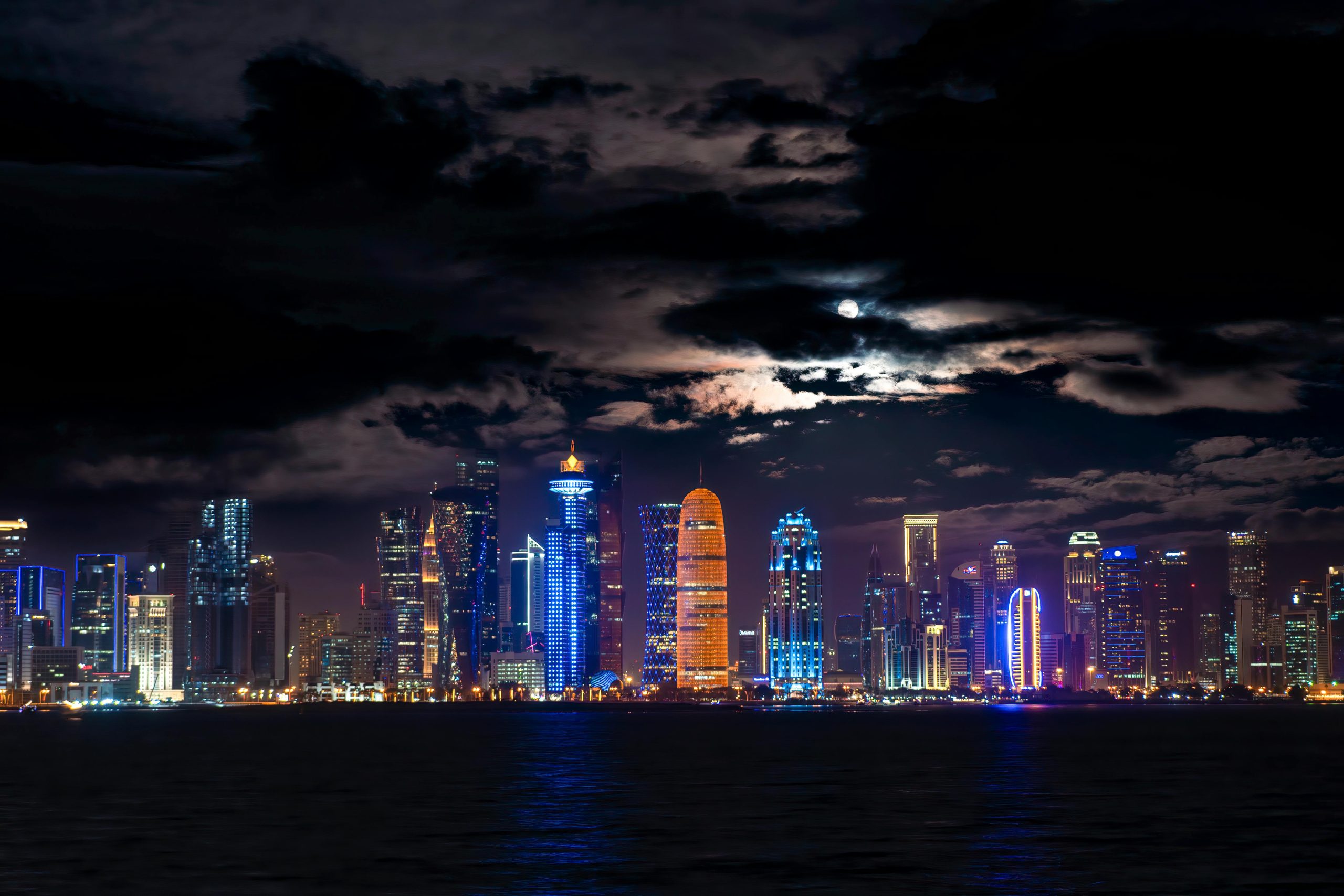Qatar’s two main seasons are desert-climate summers and mild, pleasant winters with low annual rainfall.
The Suhail star, the second brightest, is set to illuminate Qatar’s skies on Saturday, August 24, marking the beginning of a gradual drop in temperatures especially during the night time.
The Qatar Calendar House (QCH) announced the celestial phenomenon in a statement on its social media platforms on Thursday. QCH noted that most of the Gulf countries will also observe the star, which would mark the beginning of the Suhail season.
Dr. Bashir Marzouq, an astronomy expert at QCH, told the Qatar News Agency (QNA) on Wednesday that Doha’s residents will be able to see the star with the naked eye during the first week of September.
According to QCH, Suhail, which is about 300 light years away from the planet, can also be identified by the brightest star, Sirius, during the night time.
Astronomers in the region have long relied on the appearance of Suhail as an indicator of the end of the summer season and beginning of winter.
Qatar’s two main seasons are desert-climate summers and mild, pleasant winters with low annual rainfall.
The winter period lasts from November to February, with average temperatures ranging from 15C to 20C. The scorching hot, humid summer season then begins in June and ends by late September, with temperatures hitting 50C. In summer, humidity can reach 60 percent.
Qatar also gets 14 hours of daylight between May and August before gradually being reduced to around 10 hours.
Astronomers in the Middle East region have long relied on the appearance of different stars as indicators of weather changes.
Astrology was also among the most significant disciplines in the Middle East during the Abbasid times in Baghdad between the eighth and tenth centuries, which built on existing sources from Greece, Iran and India.
Rulers at the time, including those in Cairo, Rayy, Isfahan, and other areas heavily invested in astrology.
Bedouins across the Middle East then also relied on astrology to predict climate and seasonal changes, eventually reaching a point where they could detect Mecca’s direction for the daily five prayers in Islam.







